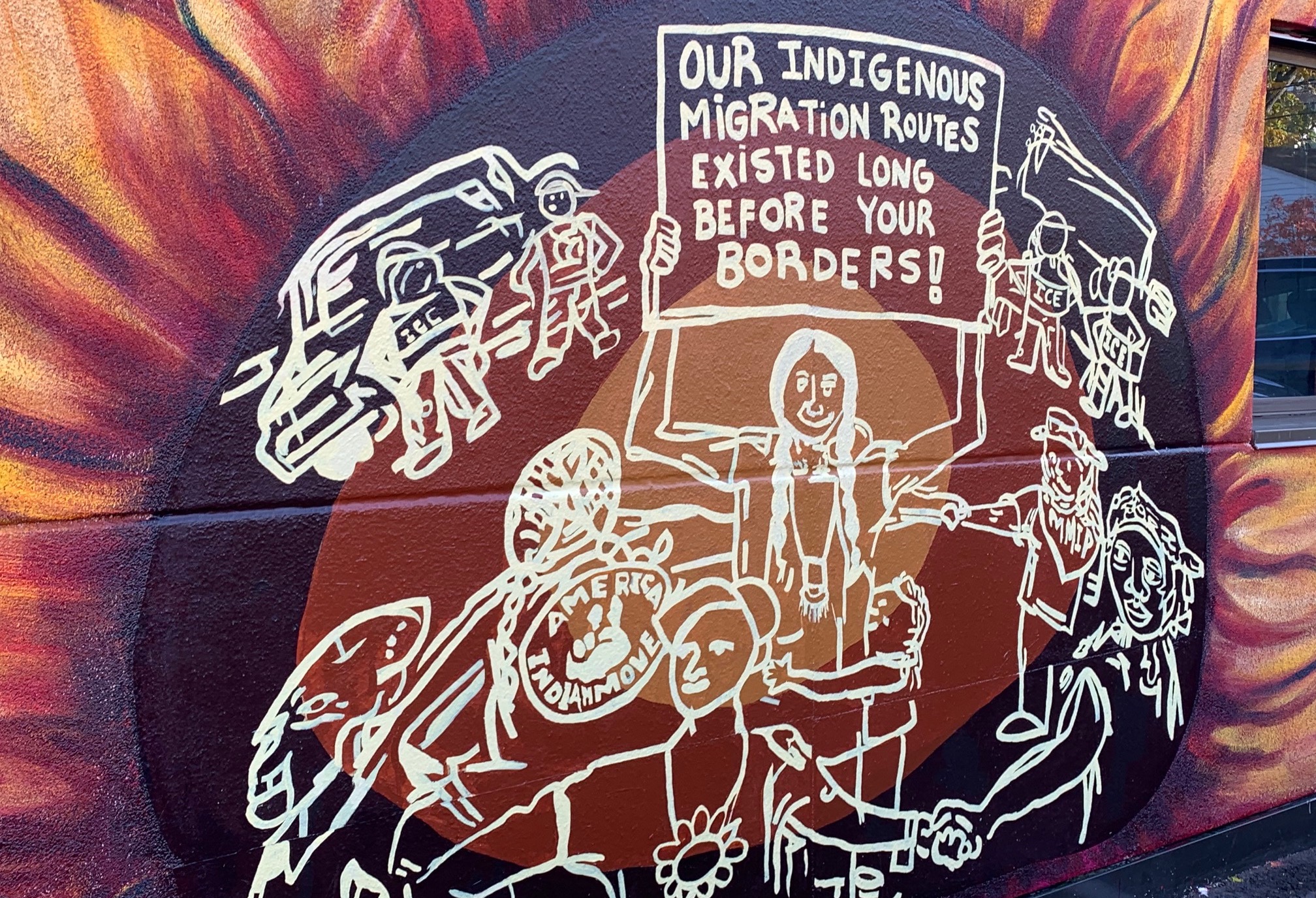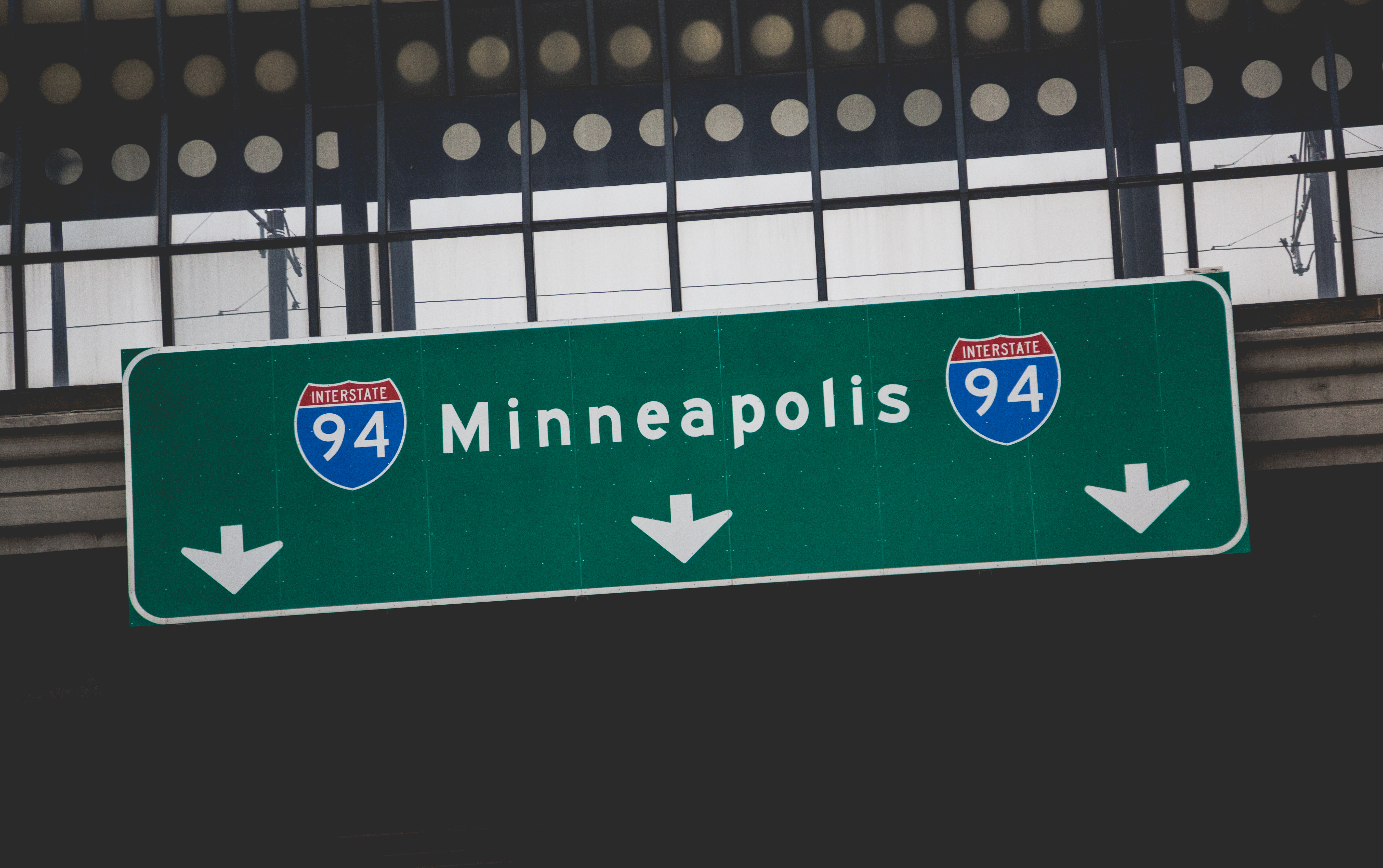 Minneapolis and Saint Paul, MN, have formed an innovative partnership aimed at taking the Twin Cities region to a new level of prosperity. The Minneapolis-St. Paul Metropolitan Business Plan, created as a part of the Brookings Institution’s Metropolitan Policy Program, is a long-term strategy for sustainable economic growth in which the cities will pool their assets rather than competing against each other. Minneapolis-St. Paul is home to a number of universities and colleges, Fortune 500 companies and medical research facilities, and the region’s business plan will help reduce transaction costs between businesses, inventors, suppliers, workers and consumers through better infrastructure and networking programs.
Minneapolis and Saint Paul, MN, have formed an innovative partnership aimed at taking the Twin Cities region to a new level of prosperity. The Minneapolis-St. Paul Metropolitan Business Plan, created as a part of the Brookings Institution’s Metropolitan Policy Program, is a long-term strategy for sustainable economic growth in which the cities will pool their assets rather than competing against each other. Minneapolis-St. Paul is home to a number of universities and colleges, Fortune 500 companies and medical research facilities, and the region’s business plan will help reduce transaction costs between businesses, inventors, suppliers, workers and consumers through better infrastructure and networking programs.
Economic activity thrives where transaction costs are lowest, and the Minneapolis-St. Paul plan aims to reduce these costs whenever possible. One of the ways the plan will do this is by constructing a light-rail line linking universities, medical and research institutions, central business districts and population centers throughout the region. Doing so will increase interaction between businesses and connect the area’s patent-holders with the economic actors that have capital to invest, hopefully increasing the percentage of inventions from the region that make it into the global marketplace. In addition to connecting existing assets like universities and medical centers, the cities will also encourage new development along the light-rail line to maximize the return on their investment.




